Table of content
Cooking soybeans, whether for a hearty stew, a nutritious side dish, or to make homemade tofu, requires precision to ensure they reach the optimal texture and flavor. Undercooked soybeans can be tough and indigestible, while overcooked ones may lose their shape and become mushy. Knowing how to judge when soybeans are fully cooked is crucial for achieving the perfect balance. This guide will delve into various methods and indicators to help you confidently assess the doneness of soybeans, ensuring your dishes are both delicious and nutritious.
Understanding Soybean Varieties
Before diving into the specifics of determining doneness, it’s essential to understand the different types of soybeans commonly used in cooking:
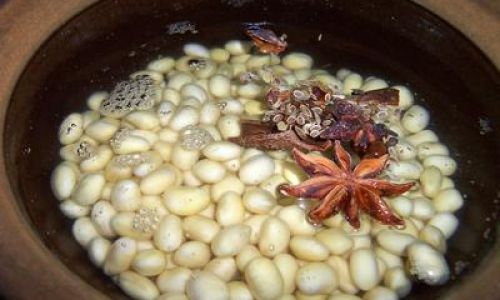
- Green Soybeans (Edamame): These are soybeans harvested while still green and tender, typically enjoyed boiled or steamed with a slight crunch.
- Mature Soybeans: These are fully grown beans, often dried and used for making tofu, soy milk, or cooking as a whole bean in dishes like soybean stew.
- Black Soybeans: A variety with a darker hue, they have a richer flavor and are used similarly to mature soybeans.
Each type has its unique cooking requirements, but the fundamental principles of determining doneness remain consistent.
Visual Inspection
One of the most straightforward methods to gauge the doneness of soybeans is through visual inspection. Here’s what to look for:
- Color Change: As soybeans cook, their color may darken slightly. For instance, green edamame will turn a duller green, while mature soybeans might develop a more uniform, matte appearance.
- Swelling: Cooked soybeans will swell in size, becoming more plump and rounded. This is particularly noticeable with dried soybeans that have absorbed water during soaking and cooking.
- Skin Texture: The outer skin of the bean should become smoother and less wrinkled. Overcooked beans may show signs of splitting or the skin peeling off.
Texture Check
Touch and feel are crucial senses to employ when assessing soybean doneness:
- Firmness: Gently press a cooked soybean between your thumb and forefinger. A fully cooked bean should yield slightly but still maintain some firmness. It should not be hard or crunchy, indicating undercooking, nor should it collapse easily, which suggests overcooking.
- Mashing Test: Take a few beans and try mashing them with a fork. Fully cooked soybeans should mash easily but still retain some structure, rather than turning into a complete paste.
Taste Test
Nothing beats a taste test for determining doneness accurately. Here’s how to do it:
- Flavor Development: Cooked soybeans should have a more pronounced, nutty flavor. Undercooked beans may taste raw or grassy.
- Tenderness: Bite into a bean. It should be tender and easy to chew without any resistance. Overcooked beans might taste overly soft or watery.
Cooking Methods and Doneness Indicators
Different cooking methods affect the doneness of soybeans. Let’s explore some common techniques and their corresponding doneness indicators:

Boiling
Boiling is a straightforward method for cooking soybeans, especially edamame.
- Time: Boil green edamame for about 3-5 minutes, or until they turn bright green and tender. Mature soybeans may require 1-2 hours of boiling after soaking.
- Doneness Check: Use a slotted spoon to remove a few beans and test them as described above. The beans should be tender but not falling apart.
Pressure Cooking
Pressure cooking significantly reduces cooking time while retaining flavor and nutrients.
- Time: Pressure cook soaked soybeans for about 20-30 minutes, depending on the pressure cooker model and the bean’s variety.
- Doneness Check: Once the pressure has been released, open the cooker carefully and test a few beans for firmness and tenderness.
Slow Cooking
Slow cooking soybeans allows for a more gradual and even cooking process.
- Time: Cook soaked soybeans on low for 4-6 hours, or until tender.
- Doneness Check: Periodically check the beans for tenderness, adjusting the cooking time as needed.
Baking
While less common, baking soybeans can be an interesting alternative for specific recipes.
- Time: Preheat the oven to 375°F (190°C) and bake soaked beans for about 1-1.5 hours, stirring occasionally.
- Doneness Check: Use a fork to test for tenderness. Baked soybeans should have a slightly roasted flavor and be tender throughout.
Additional Tips for Perfectly Cooked Soybeans
- Soaking: Soaking dried soybeans overnight or for at least 6-8 hours can reduce cooking time and improve digestibility. Discard the soaking water before cooking to remove any anti-nutrients.
- Salt Timing: Adding salt too early during cooking can toughen the beans’ skins. It’s best to add salt during the last 30 minutes of cooking.
- Water Level: Ensure there’s enough water to fully submerge the beans and account for evaporation. For boiling or pressure cooking, use a ratio of about 2-3 cups of water per cup of dried soybeans.
- Stirring: Occasionally stirring the beans during cooking can prevent sticking and ensure even cooking.
Conclusion
Determining if soybeans are fully cooked involves a combination of visual inspection, texture check, and taste test. By understanding the unique characteristics of different soybean varieties and the cooking methods employed, you can confidently assess their doneness. Remember, the key to perfectly cooked soybeans lies in patience, attention to detail, and the willingness to test along the way. With these guidelines, you’ll be able to enjoy soybeans that are not only nutritious but also delightfully tender and flavorful.
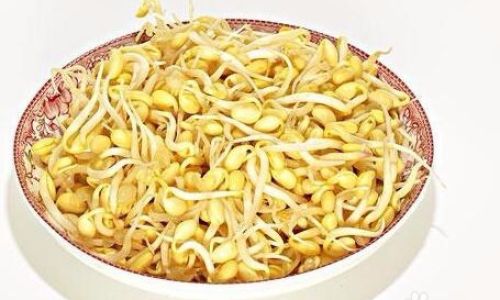
Moreover, mastering the art of cooking soybeans opens up a world of culinary possibilities. From simple side dishes to complex, multi-ingredient recipes, soybeans can be a versatile and nutritious addition to your diet. Whether you’re aiming for a hearty, protein-packed meal or a light, refreshing snack, knowing how to cook soybeans to perfection will elevate your culinary skills and expand your culinary horizons.
In conclusion, don’t shy away from experimenting with different cooking techniques and flavors. With practice, you’ll develop a keen sense for when soybeans are just right, transforming them into a delicious and satisfying part of your meals. Happy cooking!

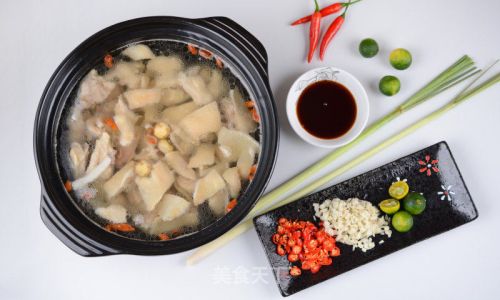
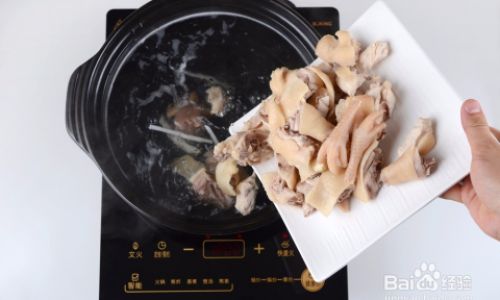

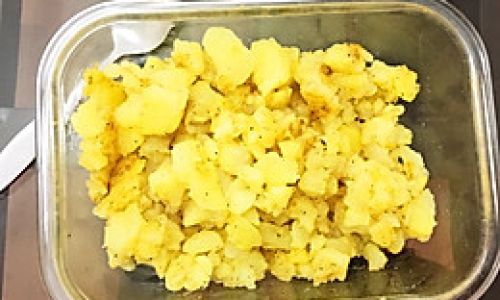
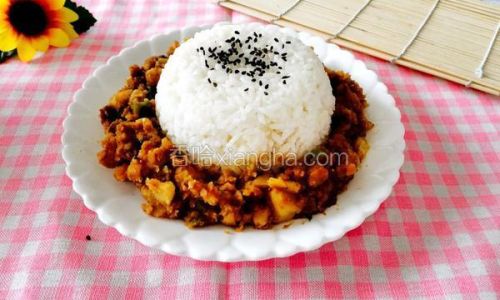
0 comments